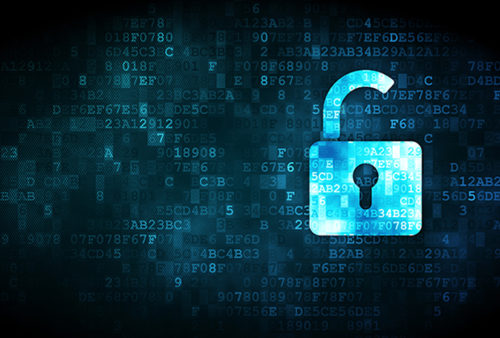Whether you need to support multiple computers with no one being present at the remote end or just connect to your office machine while traveling, remote desktop access technology can be a real time saver in either case. However, with so many fears and concerns over security-related remote access problems spread throughout the Internet, you may be wondering if it could do more harm than good to your business or customers.

Don’t get all too worried just yet. As it always is with any technology, your and your client’s online safety depends on the quality of the tool you choose, your security configurations, and some good common sense, when it comes to accessing computers remotely.
Here’s a couple of things to keep in mind if you want to access remote machines as securely as possible.
Choose the right remote access tool
Choosing the right remote access tool that’s feature-rich, secure, and cost-effective at the same time is not an easy task. However, if you apply a well-structured strategy to your search efforts, that will spare you a headache.
In short, there are three security-related factors that you need to consider:
1). Carefully study product reviews and take a look at what others are saying on the industry forums. The ideal tool you’re looking for should be trusted by IT pros.
2). Read the news. Chances are that this popular remote access tool you’re looking to purchase has recently experienced a major security breach and left questions unanswered.
3). Search for compelling information about the tool’s security features on the vendor’s website. Your software of choice should comply with all the latest security standards to ensure that all communications between you and the remote end are truly secure.
Last but not least, remember: free doesn’t necessarily mean better, as freeware remote access tools tend to compromise on both security features and customer support. In case you disagree, here’s some food for thought.
Enable two-factor authentication
To add an extra layer of protection and ensure that no one else would be able to access your or your client’s sensitive data, you may choose to enable two-factor authentication, which is optionally available in most tools, including the FixMe.IT remote desktop application, and usually comes free of charge.
